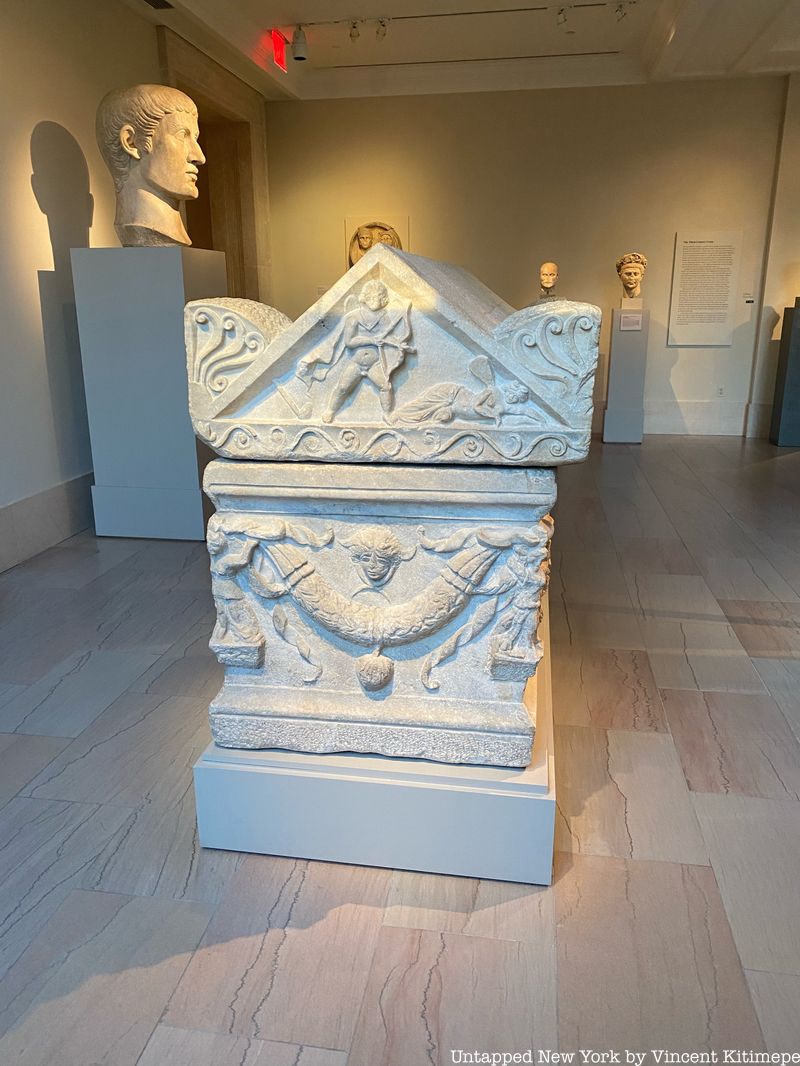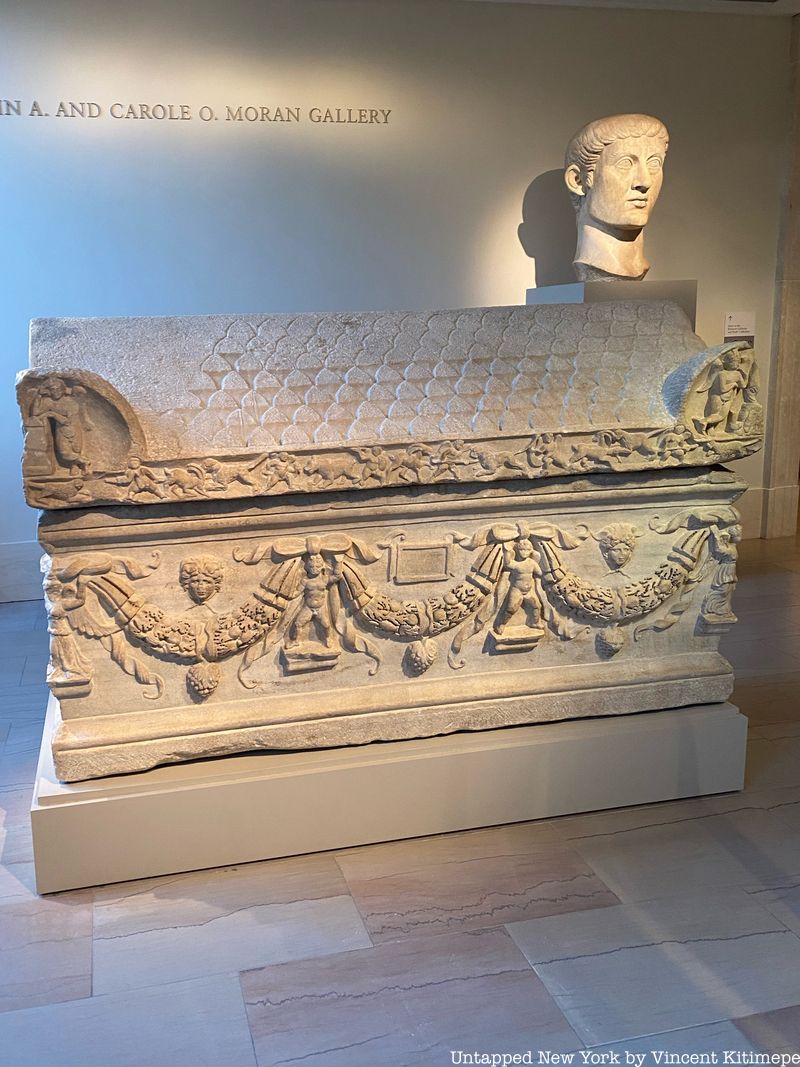Last Chance to Catch NYC's Holiday Notalgia Train
We met the voices of the NYC subway on our nostalgia ride this weekend!


One day while patrolling the Roman Court of the Metropolitan Museum of Art, former museum guard and Secrets of the Met Museum tour guide Patrick Bringley noticed that one of the artifacts, an ancient Roman sarcophagus way in the back of the gallery, had an extremely short accession number. This number appears on every single item and lets you know when an artifact came into the museum. Looking at the number, 70.1, he figured out that this item came into the collection in 1870, the year of the Museum’s founding, and was the very first gift to the museum. While the status of literally being #1 gives this item significance, there’s not much else that makes it extraordinary.

As Bringley points out in a recent Tiktok video, “In truth, it’s a bit of a crummy object and it would probably be in storage in a basement” if it wasn’t the Museum’s first gift. In her book, Roman Sarcophagi in the Metropolitan Museum of Art, author Anna Marguerite McCann writes that this sarcophagus is the museum’s “one complete example of the ‘Eastern’ sarcophagus type” or “procession garland sarcophagus,” but this type of sarcophagus is not very rare. At the time of her book’s publication, in 1978, there were over 5,000 stone Roman sarcophagi of this time period in museums and collections.
This type of sarcophagi was widely used by upper-class Romans throughout the empire and they were made in large quantities. The one at The Met bears evidence of a Roman method of prefabrication used to produce these items in mass. While three sides of the sarcophagus are finely carved, the back is in a “quarry state.” This means that “only the main features of the basic design are blocked out and the surface is dressed with a coarse point.” The finer details of the carving would have been finished by an artisan when the sarcophagus arrived at its intended destination, or it would have simply been used in an unfinished state.
On the other sides of the marble piece, you can see finely carved garlands of oak leaves, a Medusa head, wild animals, and other ancient gods. These symbols were very common funerary imagery. A blank square on the front of the sarcophagus indicates where an inscription of the name of the person inside would go. The empty nameplate on The Met’s sarcophagus implies that the item was unsold inventory in its day. So not only is this item an “off-the-rack” sarcophagus as Bringley points out in his video, but also, one that nobody wanted to buy!

The marble sarcophagus, which is dated to 200–225 CE, was found in 1863 at Tarsus in modern-day southern Turkey. It was a gift from J. Abdo Debbas, the American vice-consul in Tarsus. Debbas had originally wanted to gift the artifact to the United States government, but J. Augustus Johnson, the American consul at Beyrouth, Syria, recommended that he instead donate it to the newly formed Metropolitan Museum.
The Roman sarcophagus landed in America in October 1871. At that time, the museum didn’t even have a permanent location yet. The sarcophagus finally made its debut inside the Metropolitan Museum’s first building at 681 Fifth Avenue, ten years after it had been acquired. Even though the artifact was an unsold, mass-produced good, it’s still #1 in the eyes of The Met.
You can see this item, and many more fascinating objects, on Untapped New York’s Secrets of the Met Museum Tour, led by former museum guard and author of All the Beauty in the World Patrick Bringley! New tour dates have been added and are now available.
Next, check out The Top 10 Secrets of the Metropolitan Museum of Art
Subscribe to our newsletter